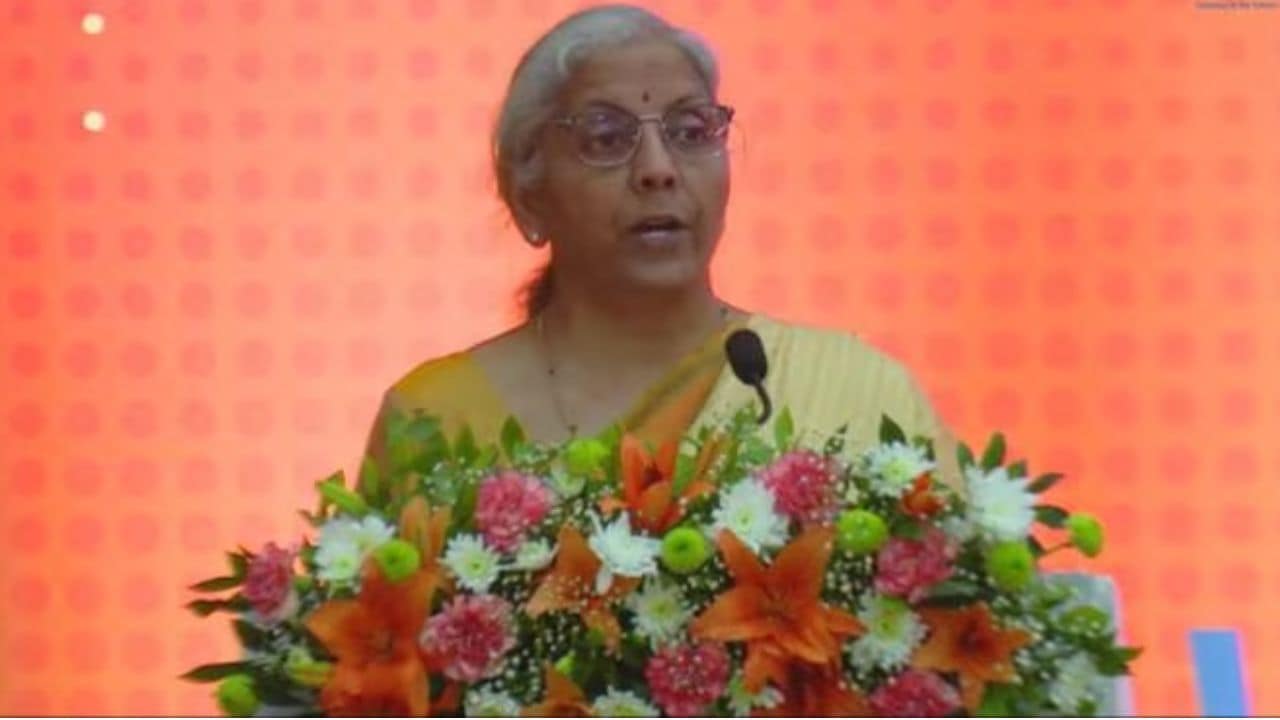Making India a $30-trillion economy by 2047 is a “conservative” estimate, according to Finance Minister Nirmala Sitharaman, who sees the state of Gujarat as a key driver of growth on the country’s path to becoming a developed nation.
“…by 2027-28, it is believed that we surely will be able to reach the third-largest economy goal about which the Honourable Prime Minister has been speaking with a good sense of confidence… And therefore it is possible that we will be the third largest by 2027-28 but also that our GDP will cross $5 trillion by that time,” Sitharaman said on January 10 at the Vibrant Gujarat Global Summit.
“By 2047, as I said earlier, it is a conservative estimate that we will reach at least $30 trillion in terms of our economy,” she added.
The finance minister was speaking at a session where the vision document for a ‘Vikasit Gujarat at 2047’ was unveiled. And, according to Sitharaman, the western state will be a key contributor to India’s own ambition of becoming a developed country by the middle of the century.
“Gujarat…is a state which actually is rapidly moving forward and the state is growing at 12 percent CAGR between 2011 and 2021, while the national average is 10.4 percent. So rightly, we are here in Gujarat, talking about its vision for 2047,” Sitharaman said.
“I welcome the document, and I am sure the people of Gujarat under the leadership of the Chief Minister will be able to move in that direction.”
Speaking further on the relationship between the Centre and state governments, Sitharaman said that since 2014, the approach has been one of co-operative, competitive, and collaborative federalism, which has resulted in states now competing with each other.
“Earlier…the default setting has been a Union-to-state kind of relationship, where it has been ‘give’ for the Union and ‘take’ for the states. And that has been very comfortably accepted all the way. But from 2014…it was a partnership with the states; partnership so that states also aspire… Therefore, I call it a partnership between the Centre and states,” she said.
Commenting on the national economy, the finance minister said India will now become an in-house producer of semiconductors, with electric vehicles also being adopted “in a big way”. Further, she pointed out that foreign direct investment into India continued to flow in despite disruptions caused by higher US interest rates, among other factors.
